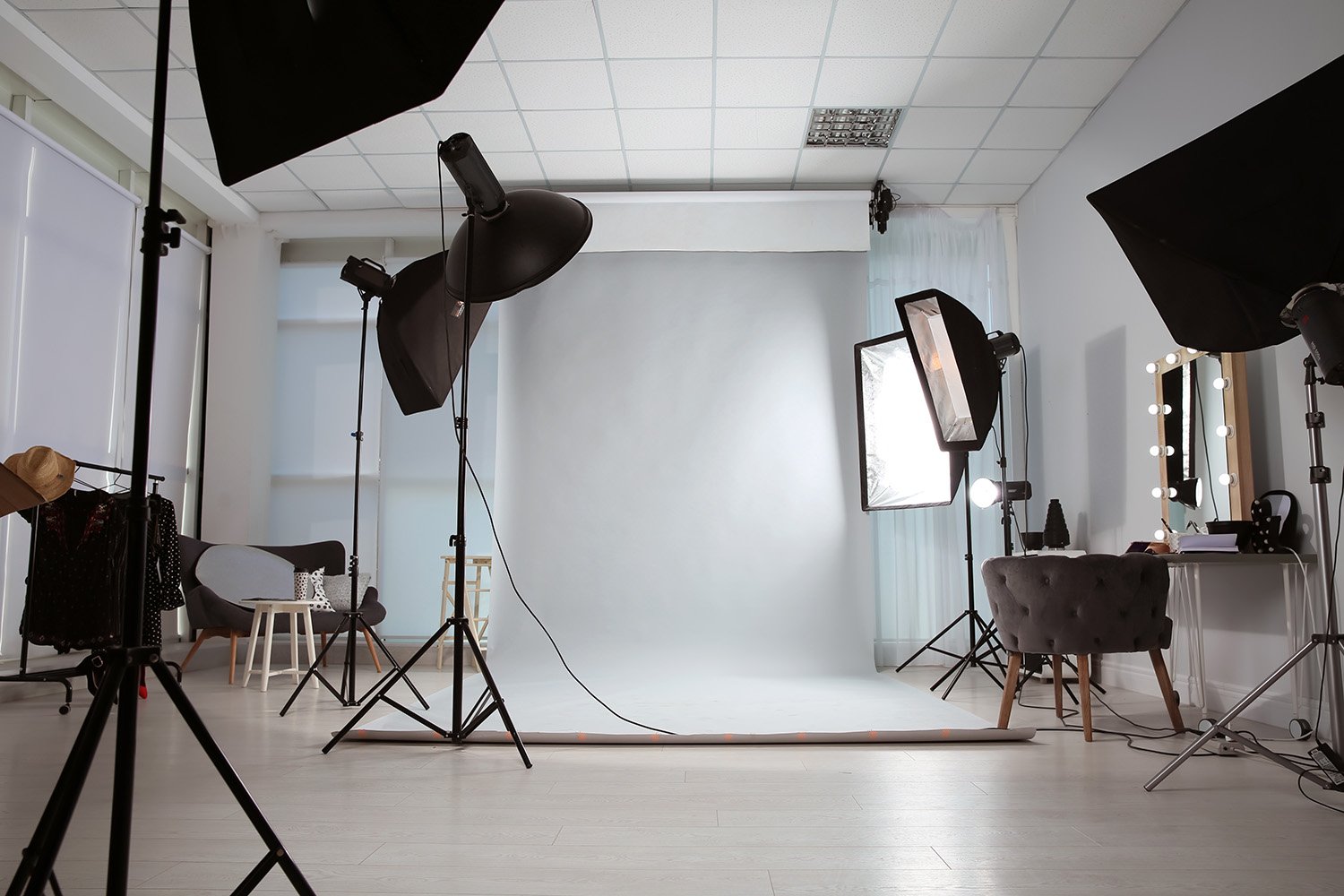Capturing the Perfect Shot: The Importance of Lighting in Portrait Photography in Dallas
Portrait photography in Dallas is a form of art that requires the perfect balance of various elements. While several factors contribute to a stunning portrait, lighting is crucial. A well-lit portrait can highlight the subject’s best features, enhance their skin tones, and create a captivating, cherished image. On the other hand, poor lighting can make even the most photogenic person appear dull and unattractive.
This article will explore the importance of lighting in portrait photography in Dallas. We will discuss the various types of lighting and how they can affect the final output. Furthermore, we will provide valuable tips for creating the perfect shot and answer some of the most frequently asked questions about portrait photography. So, let’s get started!
A Headshot is your digital handshake… What does yours say about you?
Understanding Lighting for Portrait Photography:
Lighting is the most essential component of portrait photography. It can make or break the final output, so it is essential to understand the different types of lighting and how they can affect your photos.
Types of Lighting:
- Natural Lighting: Natural lighting is the most commonly used form in portrait photography. It is readily available and provides a soft, diffused light to enhance the subject’s features.
- Artificial Lighting: Artificial lighting includes studio lights, strobes, and flashguns. For example these lights can create a wide range of lighting effects and help you achieve the desired look for your portrait.
- Ambient Lighting: Ambient lighting refers to the existing light in the environment where you are shooting. It can add depth and dimension to your portrait but can also be challenging to control.
Capturing the Perfect Shot:
Now that you understand the different types of lighting, let’s explore how to create the perfect shot. Here are some tips for achieving a stunning portrait:
- Positioning the Subject: It is essential to position your subject correctly to make the most of the available light. For example placing the subject close to a window or other natural light sources can provide a soft, diffused light perfect for portraits.
- Use Reflectors: Reflectors can bounce light back onto the subject’s face and reduce shadows. They are available in different sizes and colors and can help you achieve the desired look for your portrait.
- Experiment with Different Angles: Shooting from different angles can add depth and dimension to your portrait. Secondly try shooting from above or below the subject, or move around them to find the perfect angle.
FAQs about Capturing The Perfect Shot in Portrait Photography:
Lighting is the most crucial element in portrait photography. It can make or break the final output, so it is essential to get it right.
Natural light is the most commonly used lighting in portrait photography. It provides a soft, diffused light to enhance the subject’s features.
The best time of day for outdoor portrait photography is during the golden hour, the first hour after sunrise, or the last hour before sunset.
Want similar articles to capturing the perfect shot

Leave a Reply